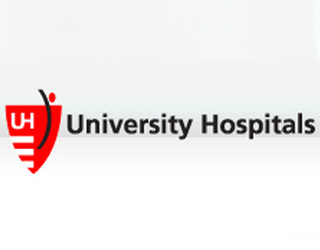
Scientists examined a professional treatment method that included pacing both the ventricles of the heart in an effort to resurrect the harmed rhythm during heart contraction. This method is known as cardiac resynchronization therapy (CRT). The analysis was carried out as a part of clinical tests of almost 6,000 patients and investigates if the present criteria of selecting patients for the therapy are proper.
“These findings have significant clinical implications and impact tens of thousands of patients in the U.S. In this in-depth analysis, we found that pacemaker patients with less severe electrical disturbance in their hearts did not receive any benefit whatsoever from these expensive and potentially risky implants. Given the abundance of data showing lack of efficacy in this patient population, current treatment guidelines should be changed,†commented Ilke Sipahi, MD, Associate Director of Heart Failure and Transplantation at UH Case Medical Center and Assistant Professor at Case Western Reserve University School of Medicine.
Sometimes a CRT is also known as biventricular pacing, which is a form of therapy for congestive heart failure that makes use of a specific pacemaker to adjust the action of the heart chambers. Professionals recommend this treatment to patients with heart failure symptoms due to poor heart muscles that have a particular peculiarity on the electrocardiogram known as QRS prolongation. The recent guidelines state that heart failure patients with 0.12 and above QRS prolongation are eligible for this therapy.
The meta-analysis however, puts forth that patients do not appear to benefit from these pacemakers and if it does happen, then it’s only when the QRS is prolonged to greater than 0.15 seconds. This seems to be much higher than the 0.12 second cut off presented in the guidelines. Around 40 percent of patients have QRS prolongation rate in the range of 0.12 to 0.15 seconds and thus do not seem to show any kind of improvement as reported by the study.
This analysis apparently shows that unnecessary procedures can be minimized and unwarranted costs can be considerably reduced too. On the contrary, patients with 0.15 seconds supposedly benefited from their devices with an extended life span and also faced less hospitalization. The study seems to throw some light on patients who are capable for this costly yet effective CRT procedure. It suggests that patients with the greatest prolongation in the QRS duration are the ones who’d benefit from this treatment.
The study is to be published in the Archives of Internal Medicine.
